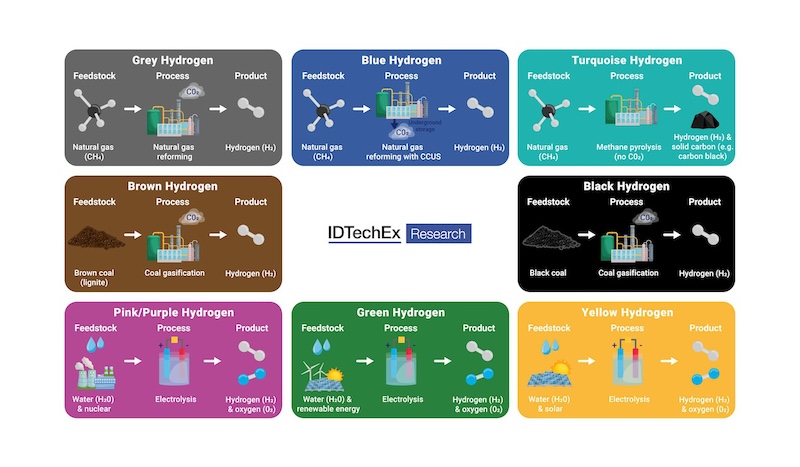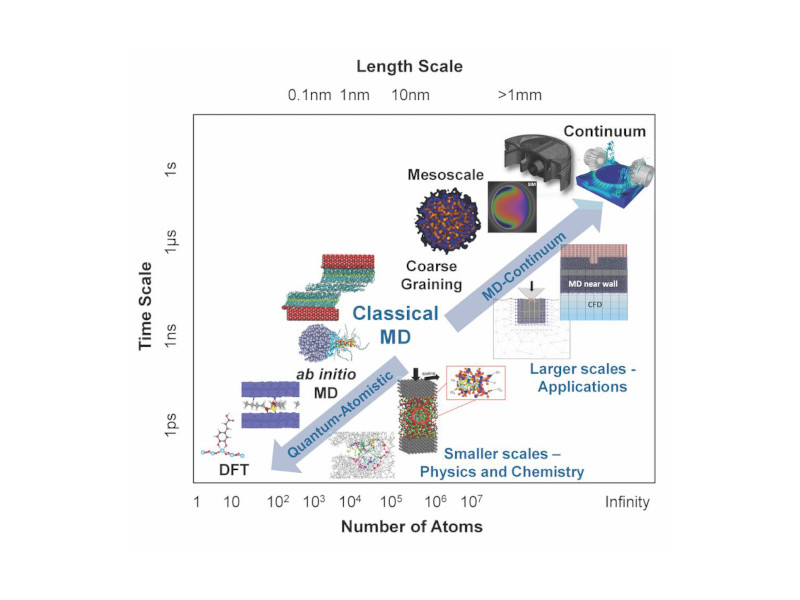What does the word performance mean to your organization? When I hear the word performance I envision a Formula Race Car at the head of the pack or an Olympic athlete crossing the finish line.

What does the word performance mean to your organization? When I hear the word performance I envision a Formula Race Car at the head of the pack or an Olympic athlete crossing the finish line. Thinking specifically of the finish line and high performance, I think of all the stages it took to get to the point of crossing the finish line as number one. When I think of high performing electrical or mechanical systems at work I realize whether in a refinery, offshore platform or in 5,000 feet of water sitting on the ocean floor, there are some common themes.
While subsea reliability programs have heavily relied on models and activities developed and mastered in manufacturing and refining, subsea reliability is forced into a philosophy that creates a systems approach in its operations.
Systems reliability in subsea considers the degree of standardization in the equipment and in the tools used to repair and maintain the equipment. It allows for almost any operation to be suspended if operational limits are on the edge of being exceeded. Listed below are measures taken when limits are on the edge of being exceeded:
– Equipment such as valves and sensors have redundancy built-in
– Components are used that have a high resistance to wear and corrosion
– Condition monitoring is performed continuously on all critical pieces of equipment and on equipment that have key interfaces with critical equipment.
High performance may cost time money and resources whether you are an athlete, race car driver or a high-head pump in a refinery or an electric submersible pump in 6,000 feet of water, the payback on high performance lends to value creation.
Not all reliability high performance measures have to be gold plated to create value. Early design of the system is much like the training the athlete puts himself through. Anything that can be addressed before start up creates higher performance. These include small process improvements in the areas of:
– Spare parts identified early on for the system is commissioned
– Systems interfaces defined
– Cost on “Effort of Maintenance”
– KPIs (Key Performance Indicators)
– Failure Assessments before start-ups; with contingency measures in place
– Preparing for operational limits before they occur.
Subsea design, engineering, construction and operations integrates small process improvements along with redundancy and maintenance thought out in the design yielding performance targets that it can give back to traditional and core reliability methods.
Subsea reliability integrates improvements in design, construction, commissioning and operations. Each one of these stages considers the long term performance and how maintenance planning can be improved to deliver better system reliability. The performance targets set for subsea systems are a best practice that traditional reliability methods can leverage.



